Indigenous food health plan to fight diabetes
The Prime Minister on Monday is due to reveal the first stage of an affordable food strategy to address the diabetes epidemic in Central Australia.
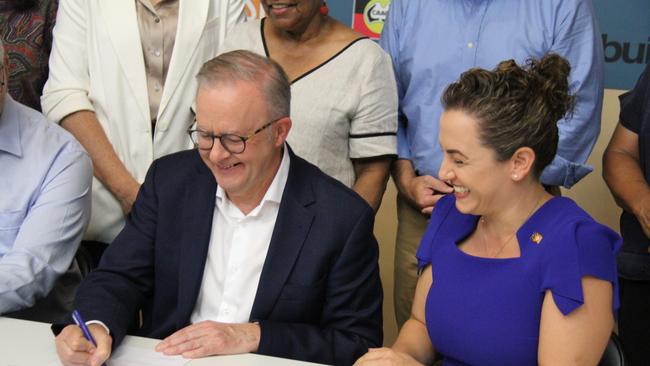
Anthony Albanese will give his clearest indication yet that Labor believes the health and economic status of the most disadvantaged Indigenous Australians depends on making remote Aboriginal communities thrive, not enticing them to live closer to the mainstream economy.
The Prime Minister on Monday is due to reveal the first stage of an affordable food strategy to address the diabetes epidemic in Central Australia, part of the ongoing Closing the Gap agreement.
That comes as Labor invests $842.6m in frontline and critical services in remote NT communities and rolls out a remote jobs strategy to revive the long-failed work-for-the-dole scheme in remote communities.
Labor is also in the early stages of a First Nations Economic Partnership that aims to ultimately replace social welfare policies with an investment strategy in remote communities.
Modelled on Canada, it is intended to help remote communities create wealth by taking equity in economic projects on their traditional lands.
Mr Albanese’s speech to parliament on Monday is expected to be a clear signal that Labor sees sustainable remote NT communities as crucial to reduced disparity between mainstream Australia and Indigenous Australians living remotely.
Successive Closing the Gap reports prepared by the Productivity Commission show the most disadvantaged Aboriginal and Torres Strait Islander people live in the NT and in communities categorised as remote or very remote.
“The latest Productivity Commission reporting shows that while we are seeing improvements on 11 of the 19 targets in the national agreement, only five are on track to be met,” Mr Albanese will say, according to an excerpt of the speech seen by The Australian.
“Today is about facing up to what’s not working and learning from what is.”
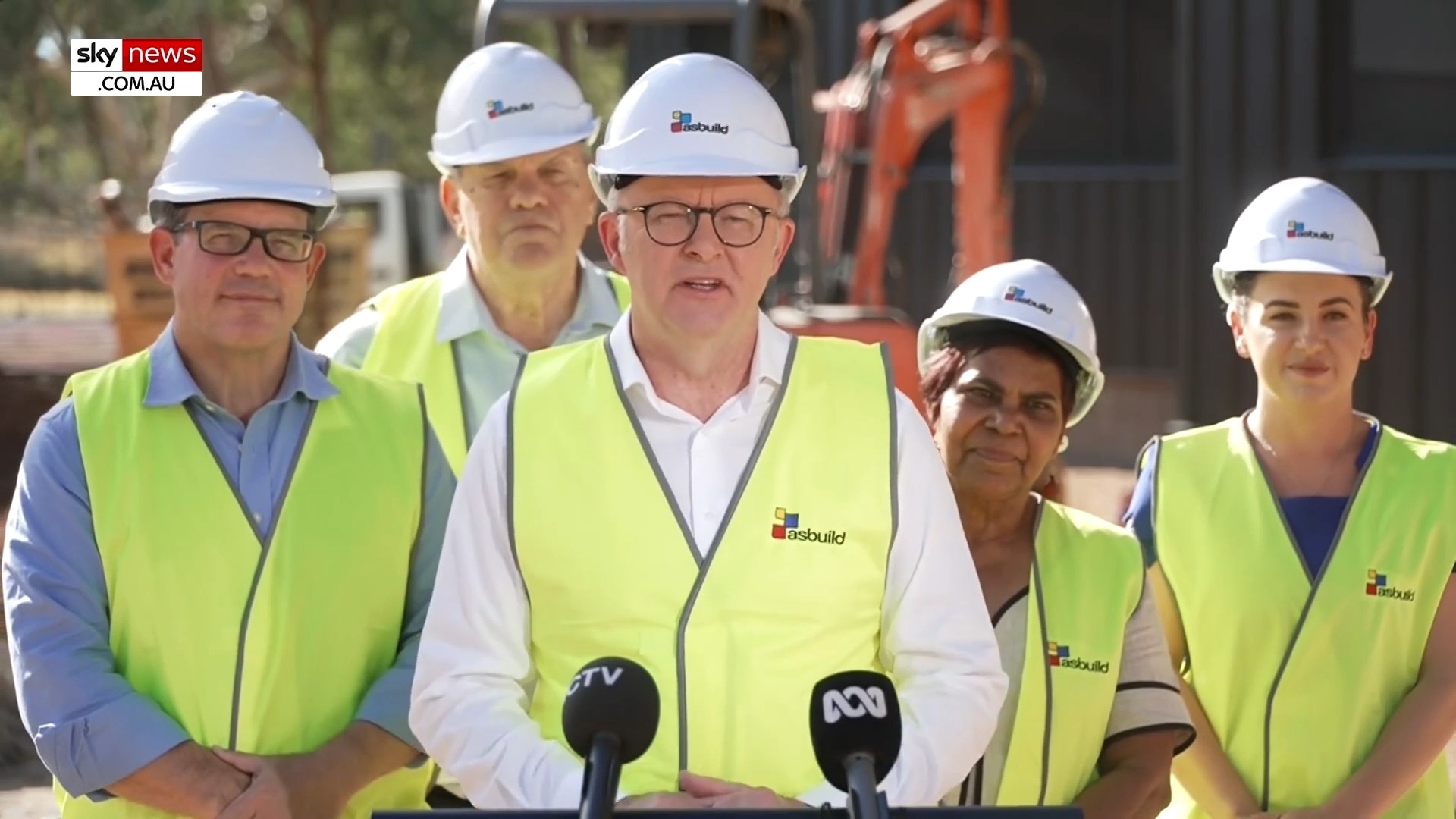
Sixteen months since the emphatic defeat of the referendum for an Indigenous voice, Mr Albanese’s speech shows Labor has been listening to the Central Land Council among other representative Indigenous organisations.
During the voice debate in 2023, the Council named its three top priorities for reducing Indigenous disadvantage in Central Australia as a better version of work for the dole that gave people more opportunities to advance, a remedy for the food crisis driving up the world’s highest levels of diabetes, and housing.
Since then, Labor has promised $4bn for remote housing in the NT, announced a new work-for-the-dole scheme with an emphasis on jobs locals can do in their communities, and is preparing to detail its remote food security measures in full.
On Monday, Mr Albanese will provide detail on the first step of Labor’s remote food policy.
“Consumer advocacy organisation Choice found. on average. groceries cost more than double what they do in capital cities,” Mr Albanese is expected to say, according to a portion of the speech seen by The Australian.
“And supplies can be erratic. The resulting food insecurity can have serious health impacts, including cardiovascular and kidney disease … I am pleased to announce we will ensure the costs of 30 essential products in more than 76 remote stores are the same as what you’d pay in the city, as well as boosting warehouse capacity to shorten freight distances and to make supply chains to remote communities less vulnerable.
“We will also build on the success of the Arnhem Land Progress Aboriginal Corporation’s Nutrition Workforce initiative, which trains First Nations shop staff to promote good nutrition.
“We will bring that program to more communities.”
Mr Albanese’s speech is scheduled to coincide with the release of a plan for Closing the Gap over the next year. This is done annually as a requirement of the national agreement signed by all states and territories in 2020.
While states and the NT are also responsible for reporting annually on their progress and plans, it is the federal government’s plan that draws the most attention, because the Prime Minister oversees it and because the commonwealth works closely with 80 Indigenous organisations.
Labor’s $842.6m investment in remote communities has been praised by the NT government in part because it provides for extra police and community safety measures.
“Importantly, this investment package was designed and will be rolled out in partnership with the NT government and the Aboriginal Peak Organisations Northern Territory,” Mr Albanese is expected to say. “As well as maintaining and boosting critical remote services, this investment will transform how services are delivered.”
More Coverage




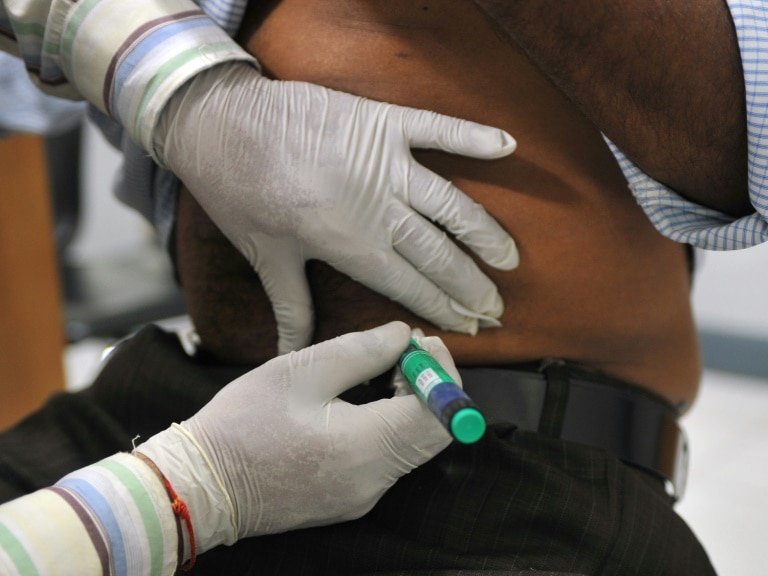

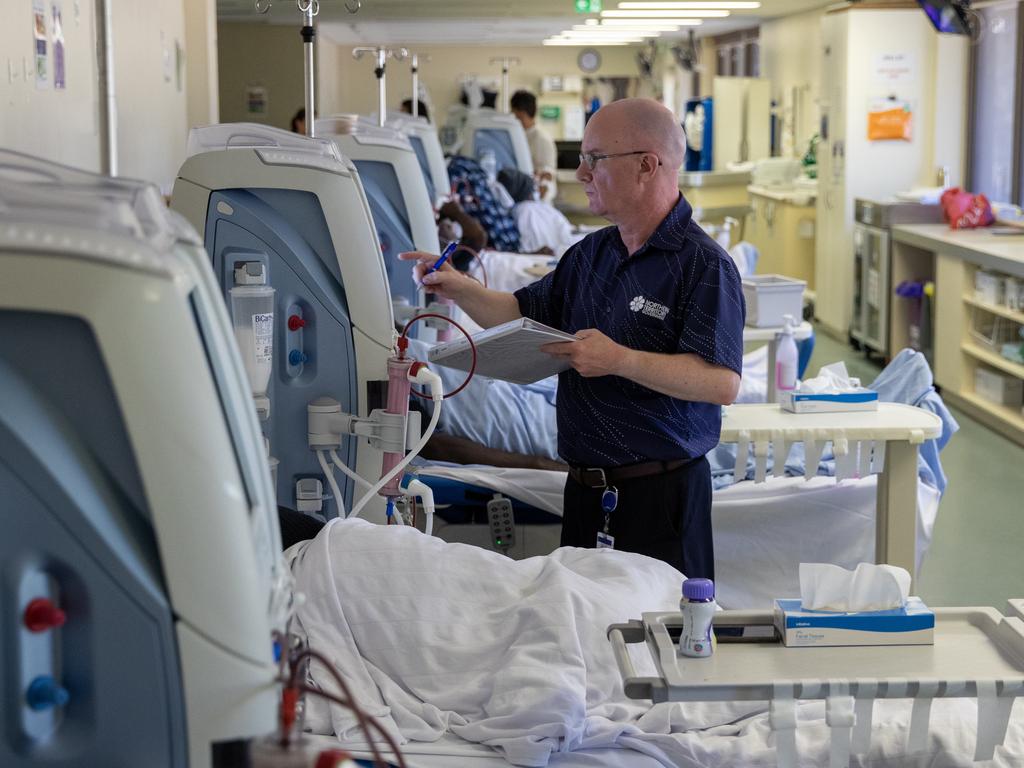
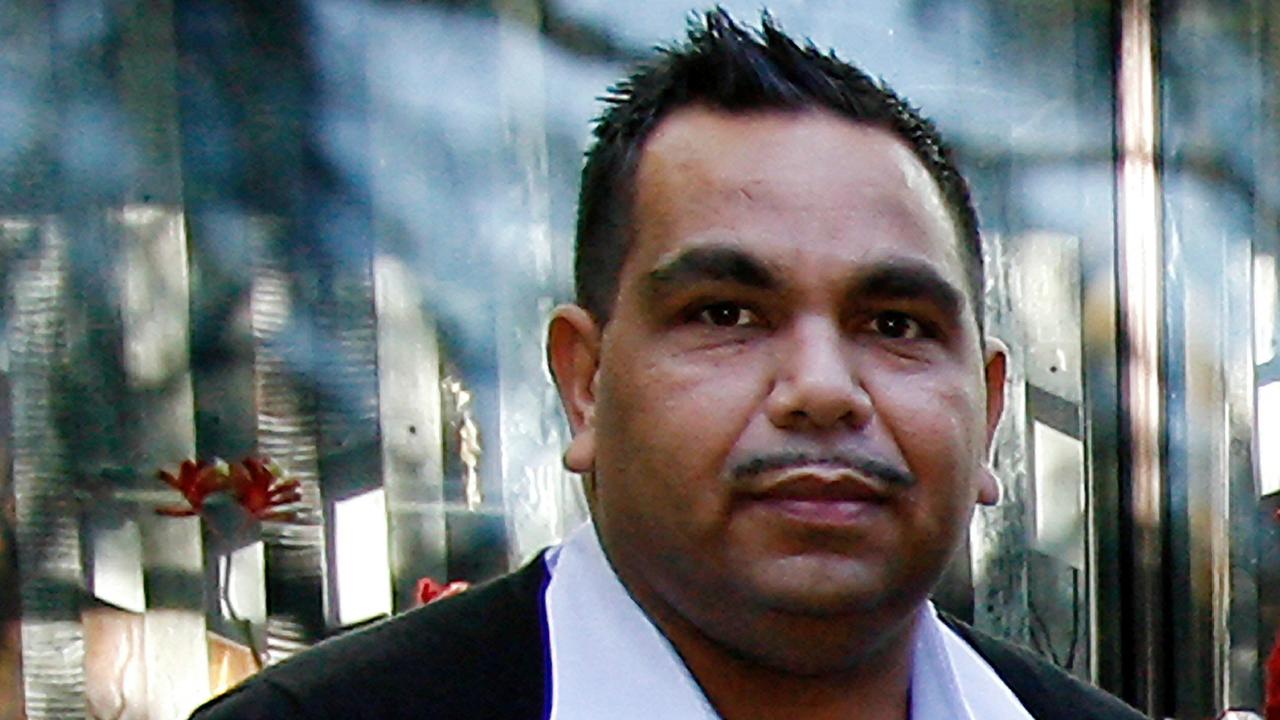
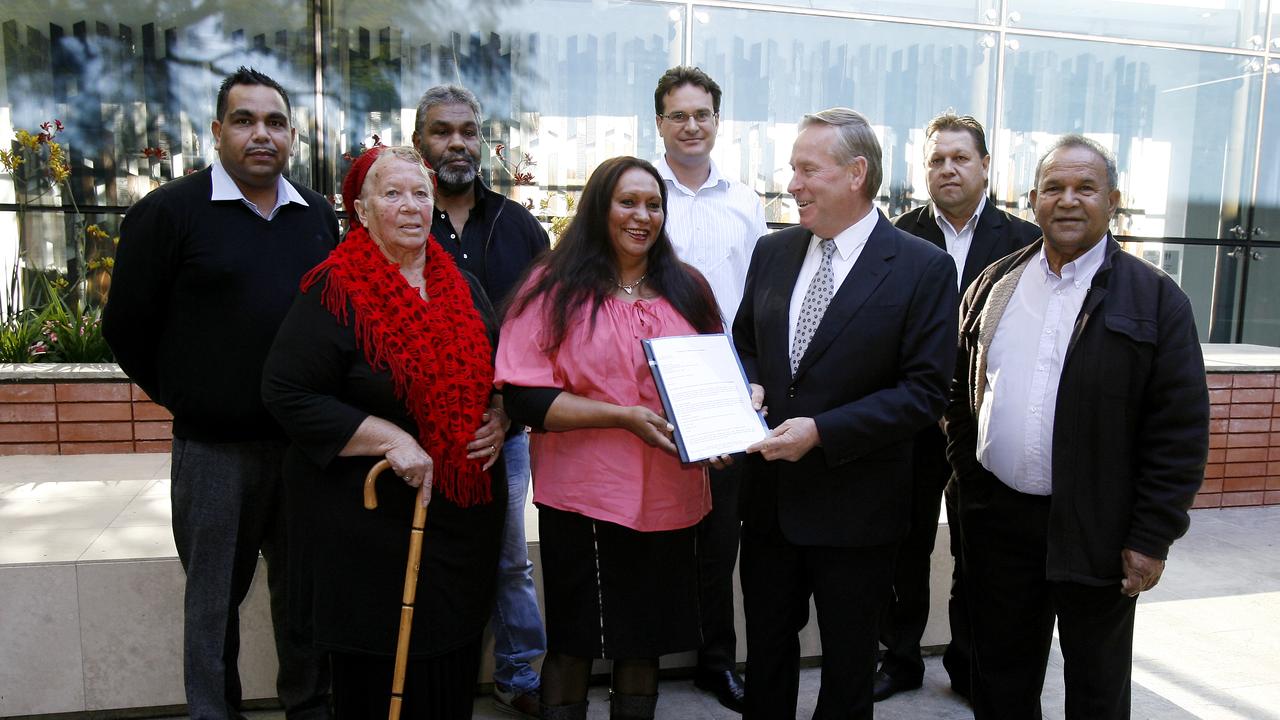
To join the conversation, please log in. Don't have an account? Register
Join the conversation, you are commenting as Logout